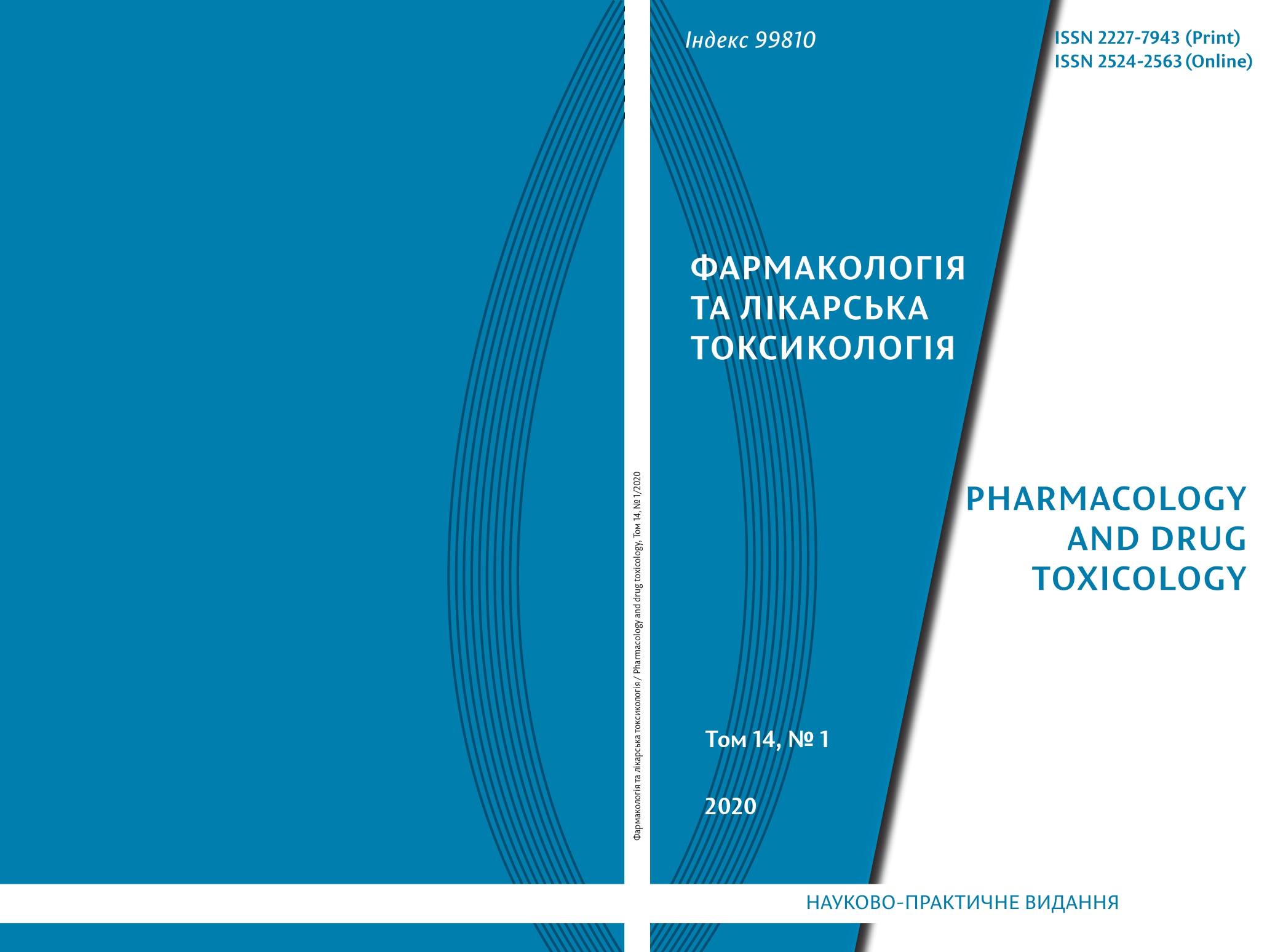Abstract
The side effects of antidepressants, especially under long-term use, are often the decisive factors that hinder the successful treatment of depressive disorders. In the process of developing and introducing innovative antidepressant drugs into medical practice, special attention must be paid to the safety parameters of the studied substances, taking into account the duration of the treatment courses in the clinic. The aim of the work was to study the acute and subacute toxicity of the promising antidepressant with an original spectrum of additional neurotropic effects 2-methyl-3-(phenylaminomethyl)-1H-quinolin-4one (atristamine) in rats. The parameters of acute toxicity have been studied on white outbred male rats with single intragastric introduction of atristamine by the method of Prozorovskiy. The study of the subacute toxicity has been performed on 3–4-month-old nonlinear white rats of both sexes with repeated intragastric introduction of atristamine for 28 days in a conditionally therapeutic dose of 100 mg/kg.During the experiment, the effect of repeated administration of atristamine on the dynamics of animal body weight, the functional state of the central nervous system, heart, urinoexcretory and hepatobiliary systems, general blood and urine tests, mass coefficients of internal organs, their macroscopic state and histostructure were determined. Based on the results of the acute toxicity study of atristamine, the LD50 value (4164 ± 309 mg/kg) for a single intragastric introduction in rats has been calculated. It allows us to attribute atristamine to class IV (low toxic) substances according to the Hodge and Sterner classification. The results of the subacute toxicity study demonstrate that daily intragastric introduction of atristamine in rats at a conditionally therapeutic dose for 28 days did not cause significant differences in the dynamics of body weight, indicators of the functional state of the central nervous system, heart, urinoexcretory and hepatobiliary systems, general blood and urine tests. It was also shown that repeated introduction of atristamine did not affect the mass coefficients of internal organs, did not change their macroscopic state and histostructure. Thus, the results obtained allow us to conclude that the test substance is low toxic and safe with its repeated (28 days) intragastric administation in a conditionally therapeutic dose.
